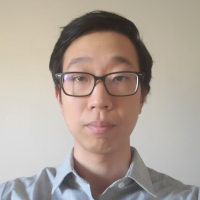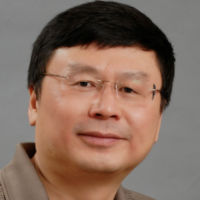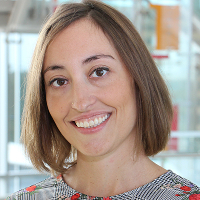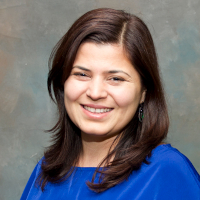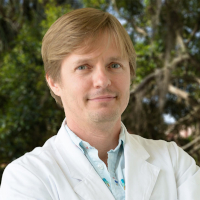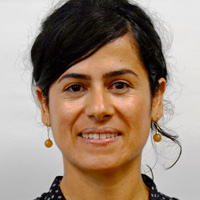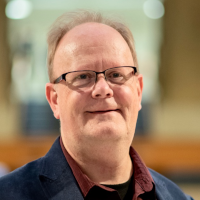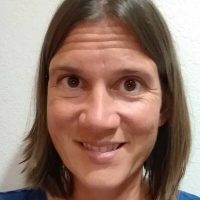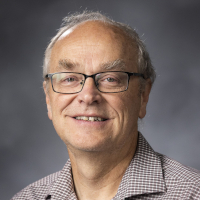Youngmin Park (UF Mathematics)
217 Little HallModels of Vimentin Organization Under Actin-Driven Transport Intermediate filaments form an essential structural network, spread throughout the cytoplasm, and play a key role in cell mechanics, intracellular organization and molecular signaling. The maintenance of the network and its adaptation to the cell's dynamic behavior relies on several mechanisms implicating cytoskeletal crosstalk which are not fully …
